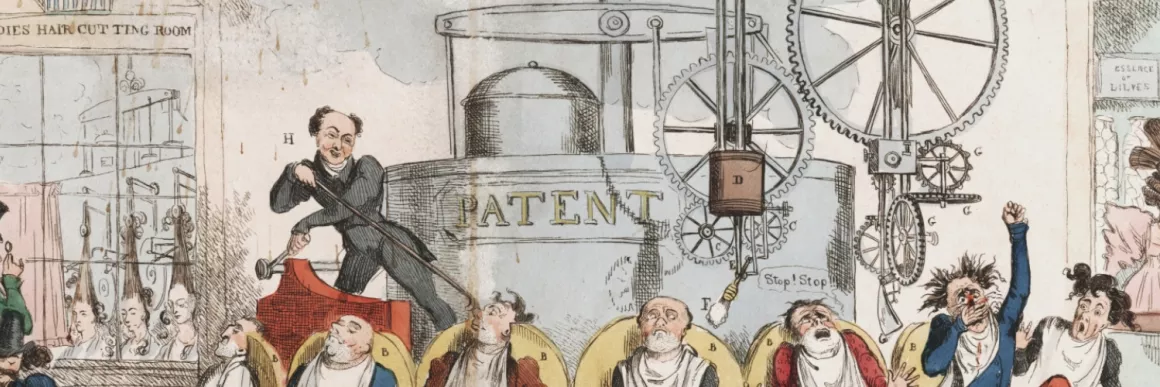This collection came together as the result of the annual Romantic Circles-NASSR (North American Society for the Study of Romanticism) Pedagogy Prize. Lindsey Eckert and Lissette Lopez Szwydky, co-winners of the 2014 prize, separately submitted projects that included technology as central components of their courses. Together, the six essays in this volume speak to the value of collaboration, interdisciplinary teaching, and public humanities. Underscoring all of the contributions is a belief that Romantic literature is uniquely suited to innovate pedagogical approaches that embrace new technologies because the historical period itself was characterized by questions about technology, its consequences, and its possibilities. As scholars and educators of Romanticism, we see strong parallels between the period that we teach and the age in which we live. Using multimedia projects, the essays in this collection approach themes central to Romanticism—nature, rights, collaboration, reading, the public sphere—through the Industrial Revolution at the turn of the nineteenth century and the digital revolution at the turn of the twenty-first century. This volume provides practical overviews of technical and digital alternative assignments that can be incorporated into Romantic-period courses, including critical reflection about the value of digital projects in the humanities.
A “sound but half its own”: A Collaborative Exploration of Poetic Sounds in Literature and Electrical Engineering Classrooms
Andrew Burkett, Palmyra CatravasAbstract
This essay explores a recent cross-disciplinary project aimed at bridging courses in English and Electrical Engineering at Union College. We conducted a dual exploration of the role of sound in Romantic literature, culture, and technology by the incorporation of Electrical Engineering practices and technologies into a Romanticism course, on the one hand, and, on the other, the introduction of Romantic poetry, theory, and technology into a course on digital signal processing.
Digital Projects in the Romanticism Classroom: A Practical Guide to Student Use of WordPress
Michelle Levy, Ashley Morford, Lindsey SeatterAbstract
This collaborative essay explores some of the opportunities and challenges faced by instructors and students when digital projects are integrated into the Romantic classroom.
Abstract
This essay will describe a multi-modal, collaborative, project-based approach to teaching Jane Austen’s novels through a focus on remixing and material history. Assignments that engage students in collectively remixing Austen’s novels meld individual students into a community, strengthening the classroom’s “little social commonwealth” by connecting classroom and digital learning spaces in a single learning ecosystem (Persuasion 31).
Abstract
The Romantic period saw an explosion of printed material, ushered in by the end of perpetual copyright in 1774, new technologies that led the charge toward mass production, and the nearly insatiable appetite of a newly formed reading public. The concept of information overload far predates that contemporary term; in the Romantic period, like today, expanded access made the feeling more acute. Many Romantic readers felt the need, with the surfeit of information, to make their engagement more lasting.
Abstract
When teaching British Romanticism, cultivating student interest in the material often requires the educator to explain the relevance of texts that for many seem historically and linguistically remote. One way to help facilitate student engagement is to ask them to investigate the public impacts of the assigned texts and communicate those impacts to a public audience.

